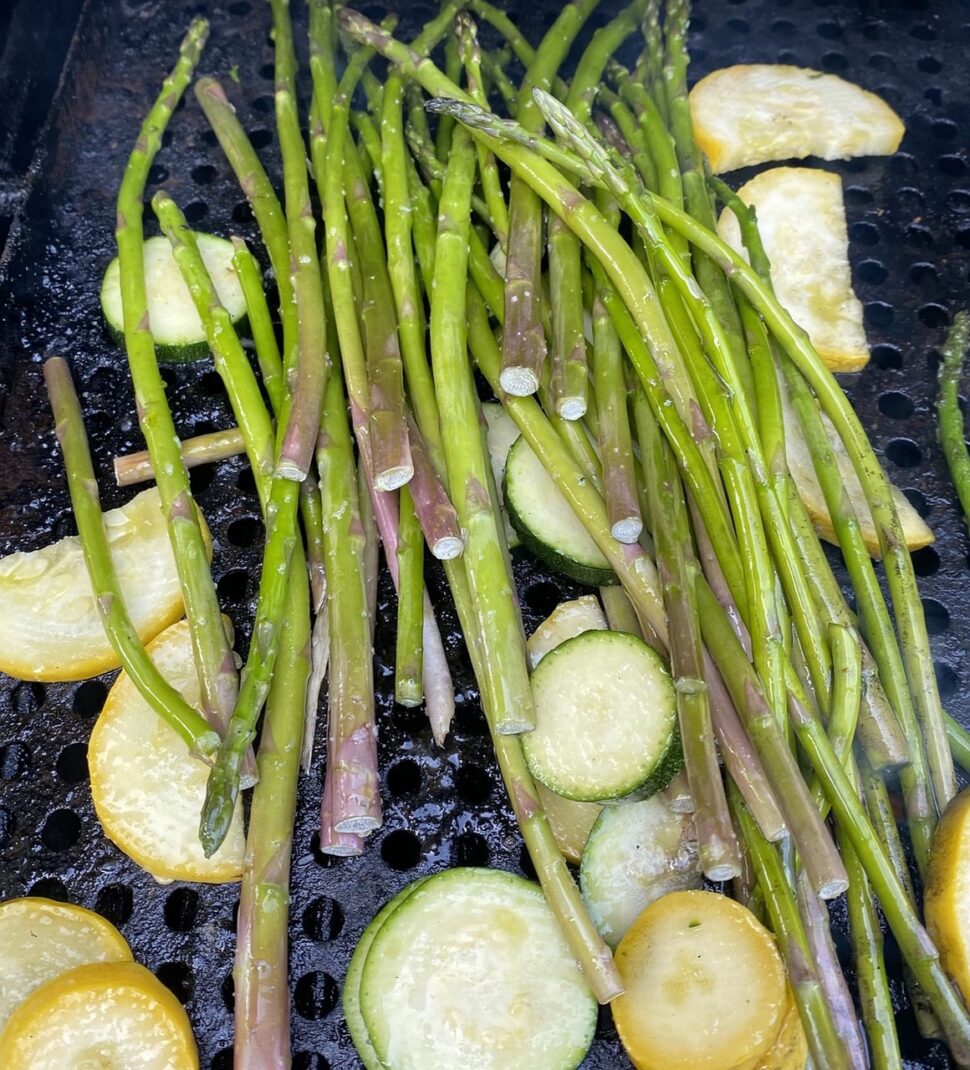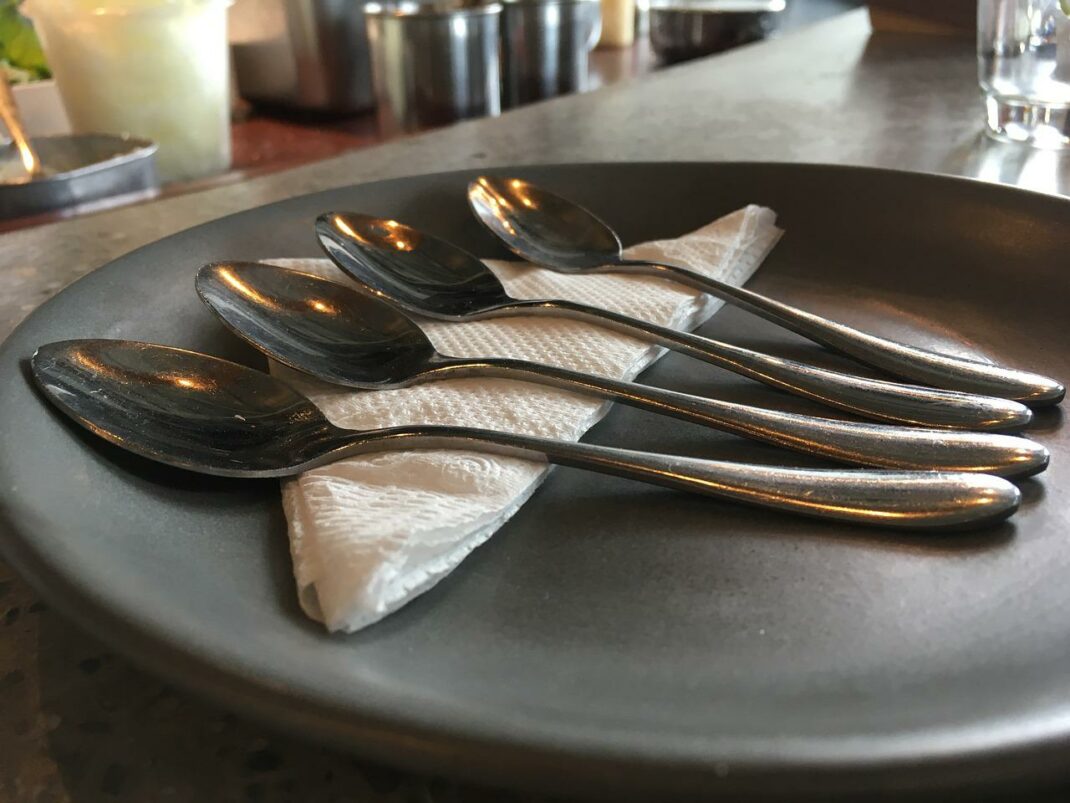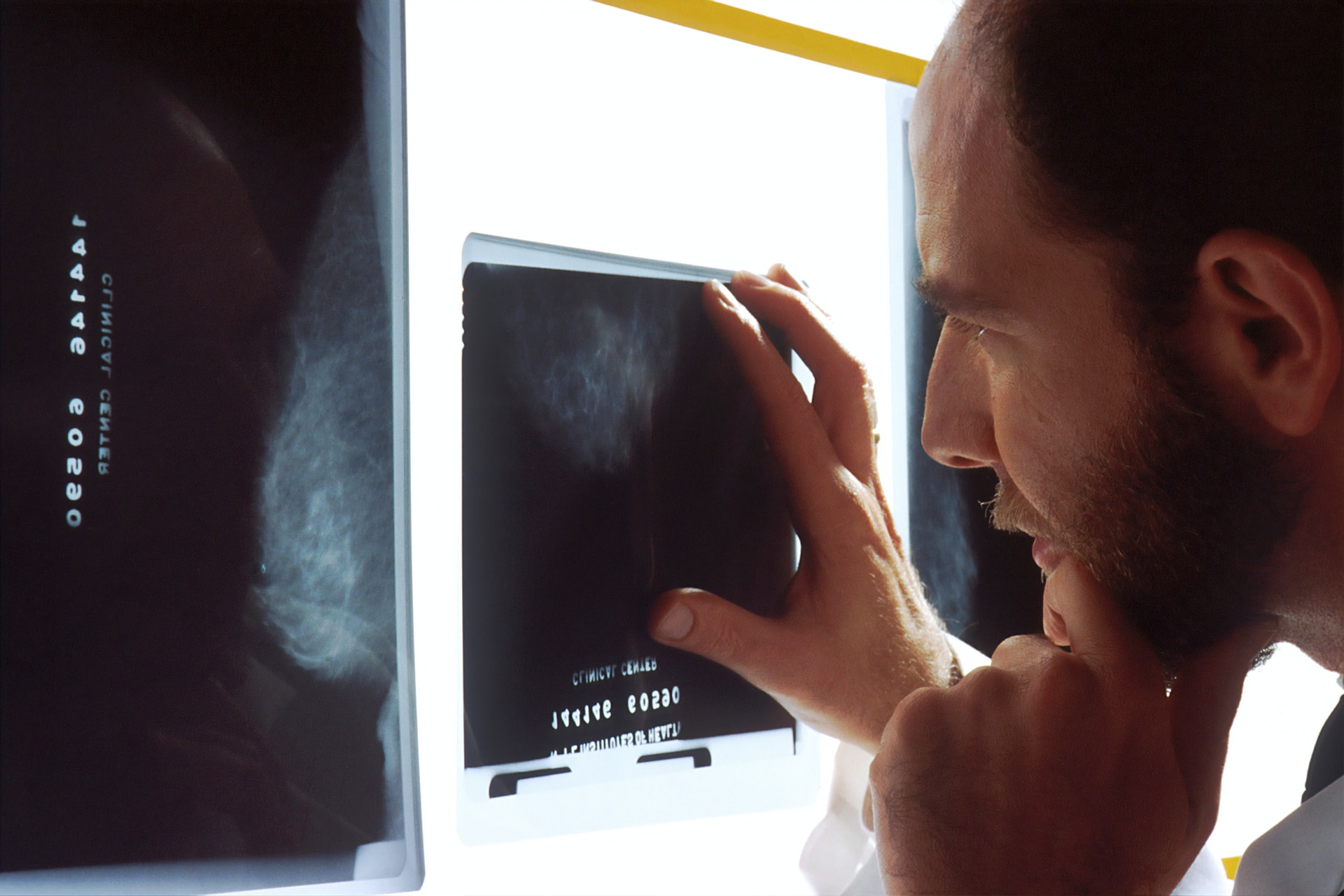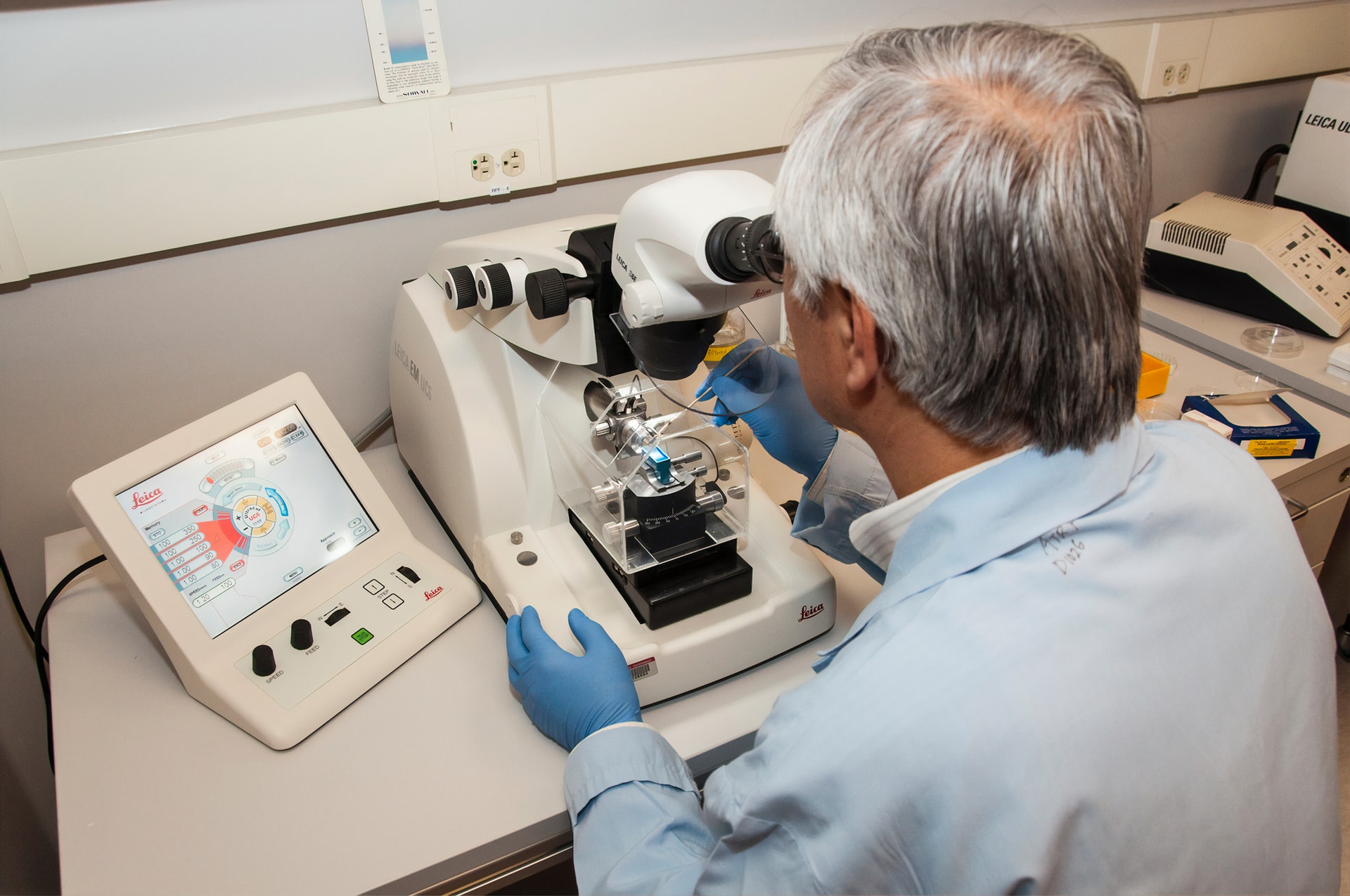Did you know that controlling your weight is one of the most important ways to reduce your risk of cancer or cancer recurrence? And it is second only to smoking cessation.
Why? Because a third of the most common cancers are related to obesity.
Calculate your BMI
So how do you know if you need to lose weight? One easy way of doing that is calculating your BMI which is your body mass index. And you would need your weight in pounds, your height in inches and probably a calculator. Your weight in pounds divided by your height in inches and you’re going to square that height and then you times it by 703.
If you are five foot four inches and 150 pounds you would do that 150 divided by 64 which is the five foot four in inches. Squaring that inch times it by 703 so your BMI would be 25.7.
A healthy BMI would be between 18.5 and 24.9. So technically this one was over 25 so it would be outside of the healthy range. Keep in mind that’s pretty close to the healthy range.
If you had a large amount of muscle mass on you or you just had a larger build to your body that might be a healthy weight for you and it has to be something that you can maintain. If you can’t maintain 10 pounds lighter and still be able to feel like you’re living your life, maybe the weight that you’re at is a healthy weight.
If your BMI is elevated and you do feel like you want to do something about it there are four ways that you can easily work on adjusting your weight through a healthy diet, not through weight loss schemes.
You can look on the internet and find that there are millions of different ideas on how you can lose weight.
The key is usually low calorie diets don’t work because you’re eventually going to start eating more.
Usually the low – or the high protein diets, low carb diets don’t work for a long period of time because most people don’t want to continue to eat like that.
So the best way is to make little changes that you can stick with for now and until you’re 90.
Eat more plant-based foods
One way to do that is to eat more plant-based foods. Make the majority of your diet plant-based foods. These foods are very – tend to be low in calories, fruits and vegetables a little bit lower than maybe the grains and the beans but they are very low in calories and they are very high in fiber. And that fiber has filling power. It takes a lot of space in our stomachs so it’s going to make us feel fuller.

So if you were to eat an apple, a large apple, it’s about 110 calories or you were going to eat a pudding cup, both of them have that 110 calories, but you’re probably going to feel much fuller after eating a large apple than you would after eating this pudding cup.
Both have the sweet taste that you might be craving and there is nothing wrong with adding, say, a little bit of cinnamon to the apple. That doesn’t really add any calories to it and gives it a little bit more of a perk, a little bit more of a treat aspect to it.
Set up your plate
Another way, trying to eat the majority of your foods as plant-based foods, this is kind of a visual representation of how to kind of set up your plate. But if you think of your plates in thirds or even quarters, if you want it to be a little bit easier, you know, divide it out. And you want fruits and vegetables to take a good portion of your plate up. And the reason why fruits and vegetables are so helpful in why we want a good portion of that to be part of your plate and maybe even a little bit more vegetables than fruit because vegetables are the lowest calorie of all of these plant based products.
Fruits have a little bit more calories because of course they’ve got some fructose to them. And then your whole grains. But if you have two thirds of your plate the plant based products and only a small portion being your protein foods and of course trying to go for lean proteins, than you probably are going to be automatically eating less calories than you typically would. Because most of us would do our meat on one side and our carb on the other side, being say, fried chicken and macaroni and cheese. You might not have necessarily put the fruits and vegetables on there. So it’s going to displace some of the higher calorie foods that we eat.
Serving size
Another thing that you can do is pay attention to the serving size. So a lot of us don’t necessarily look on the back of a package unless maybe you are a dietician. But most of us don’t know that five Ritz crackers is a serving of breads. Two Oreo cookies is a serving. So knowing what you’re serving size is and sticking to that serving size can be very helpful because you’re consciously knowing what the serving size is and then if you’re still hungry you have that large apple to go along with it. But you got your sweet tooth met. Or you had the 12 or 16 potato chips that is a serving size, not necessarily the whole bag, and then again, you have something else that will help fill you up with it but you still got that salty taste that you wanted to get in.

Try and shoot for serving sizes that are about a half cup. So a half cup is about a half of a baseball or it’s what is kind of – would fit into the round of your palm for most typical people. If your hand is a little bit bigger you might be cheating a little bit. But a half cup is a serving size for cooked beans, any type of cooked rice, any cooked cereal, any pasta. So a half cup is a typical serving.
When it comes to ready to eat cereal you’re going to have to look on the side of the package, just like with cookies and things like that. You’re going to have to find out what a serving size is because those can be varied quite a bit.
With like Grape Nuts, which is really dense, only being a fourth of a cup and something like Rice Krispies might be a cup to a cup and a quarter that would give you the same serving amount or same calorie amount. It can be helpful, especially for snacks and treats to put them in single serving containers.
So when you bring home the Oreos putting two Oreos in a little snack bag and that way when you grab them you’re consciously grabbing the serving size that is recommended. And then you can get another serving if you want but you’re a little bit more conscious about the amount that you’re eating.
One other thing that you want to watch for is tracks. So even though avocados, olive oil, nuts and seeds are very healthy for us, they’re very healthy foods, they have omega 3 fatty acids to it which are anti-inflammatory, have anti-inflammatory properties the problem is that they are very high calorie for low portion sizes.
So even though you’re on – even though they are very healthy for you from a weight loss standpoint they might not be something that you would want to include in your diet because you’re going to be kind of getting the small portion but a lot of calories.
Remember to exercise
So ultimately remember that eating is not the only thing you can do from a weight standpoint and actually exercise has been very beneficial for cancer prevention as well and exercise can help you burn a few extra calories so that your calories going in and your calories going out can be a little bit more equal.
So remember to exercise. The recommendations are for at least 30 minutes most days of the week and to avoid sedentary behavior. There is a difference between physical activity and sedentary behavior.
Physical activity is purposely going out and walking for 10 minutes even if it is three times a day. That’s a purposeful exercise.
Sedentary behavior is sitting in front of a desk for eight hours. If you can get up every hour and just take
two laps before you go to the bathroom or hand-deliver an email – or hand-deliver a message to somebody instead of sending it by email to somebody that’s right down the hall.
Those can be ways to get activity in throughout the day and keep you healthy both at work and when you’re at play.


